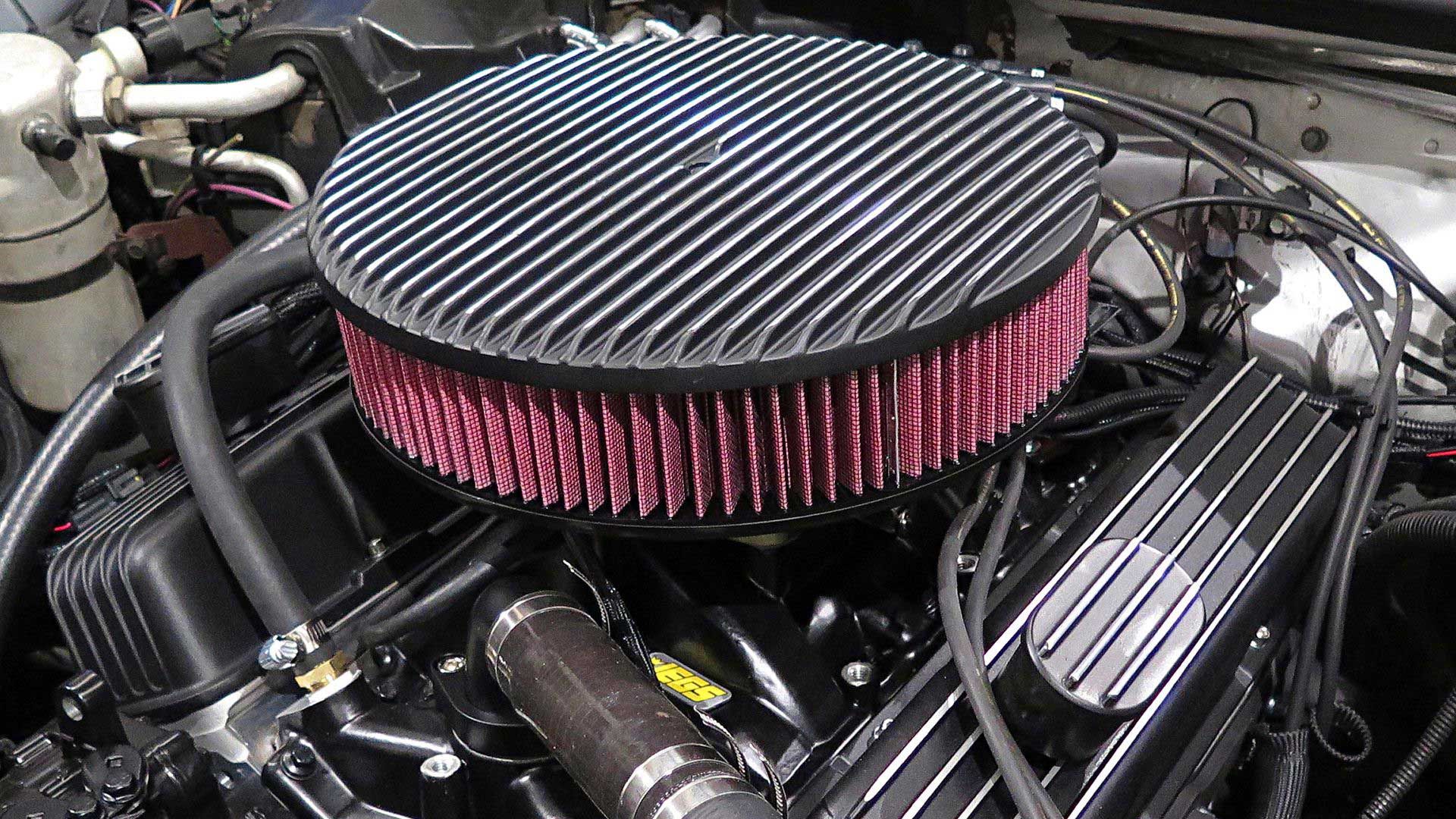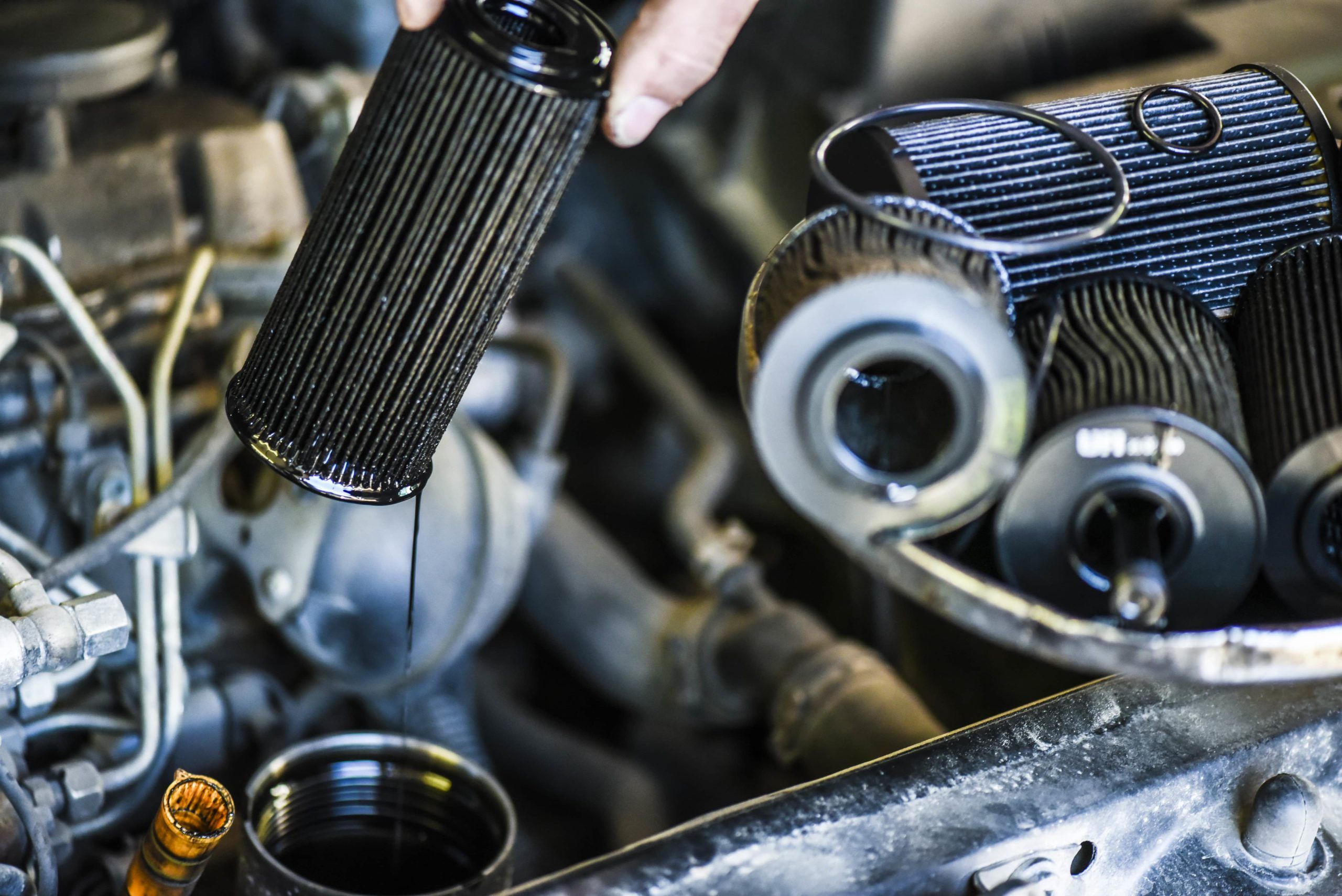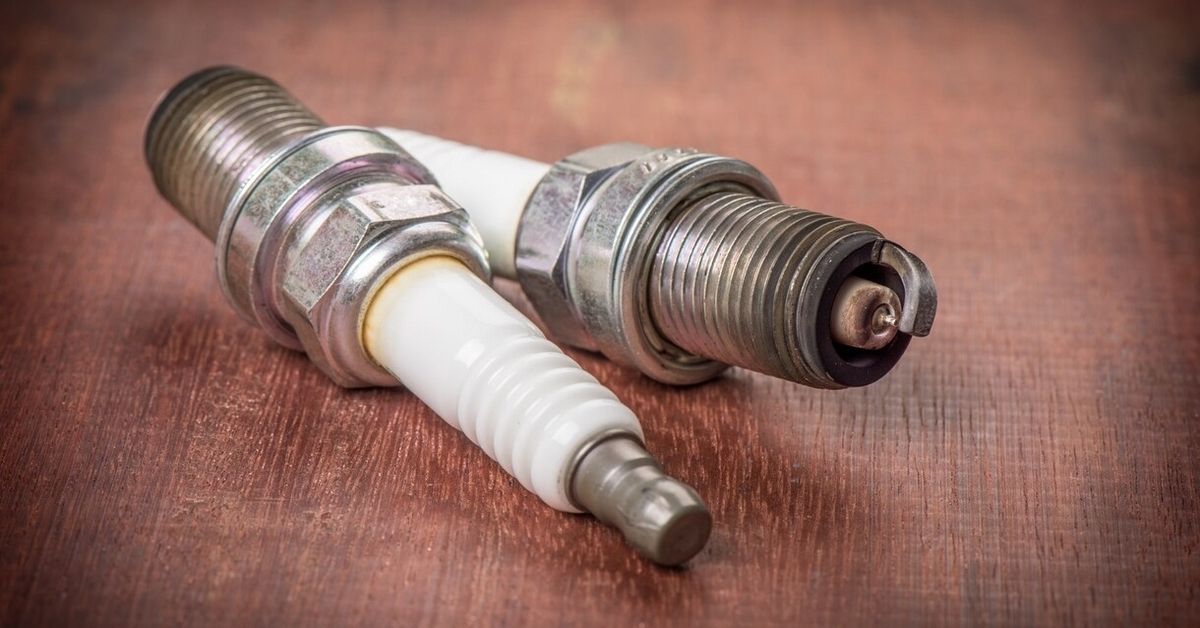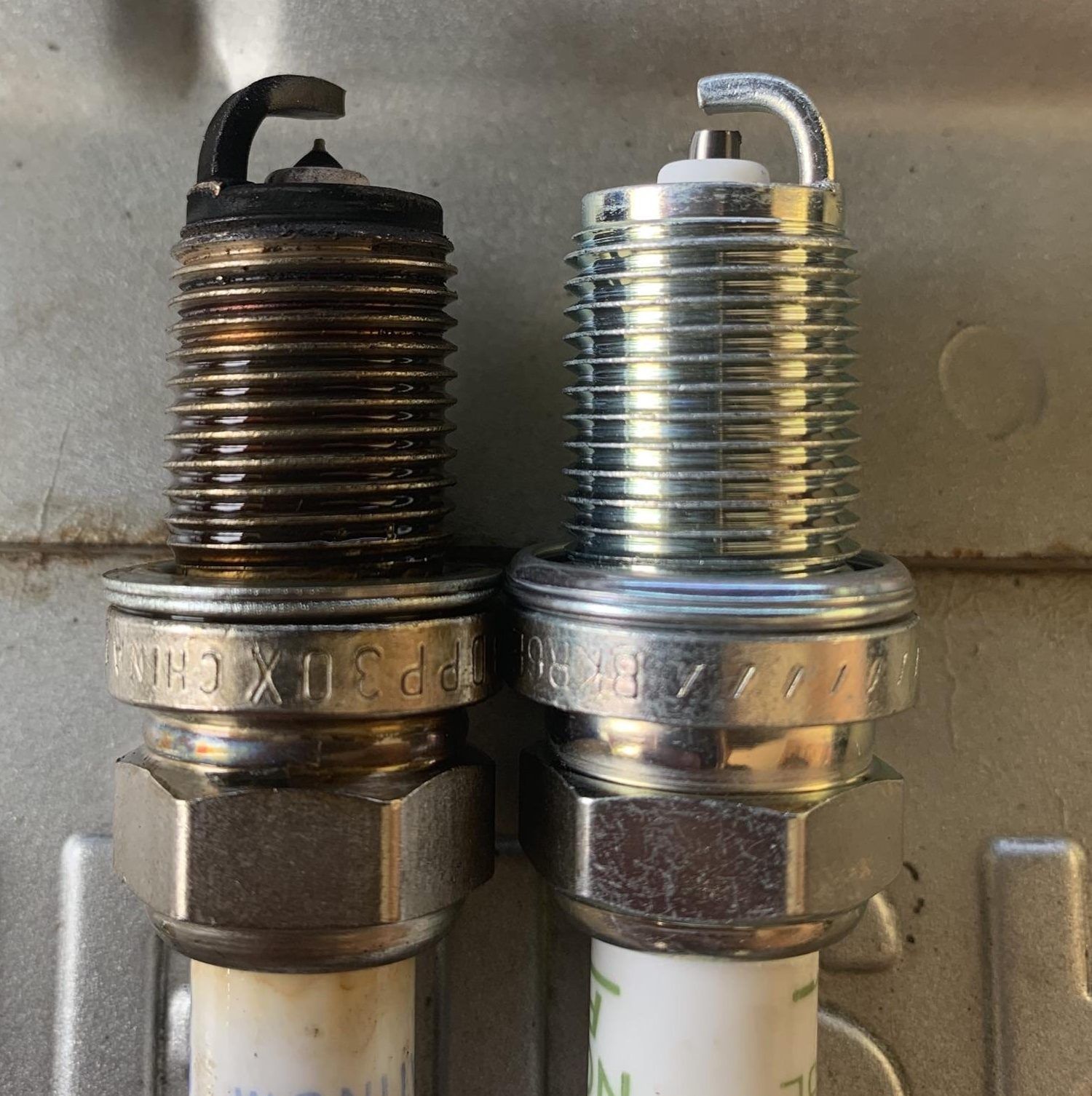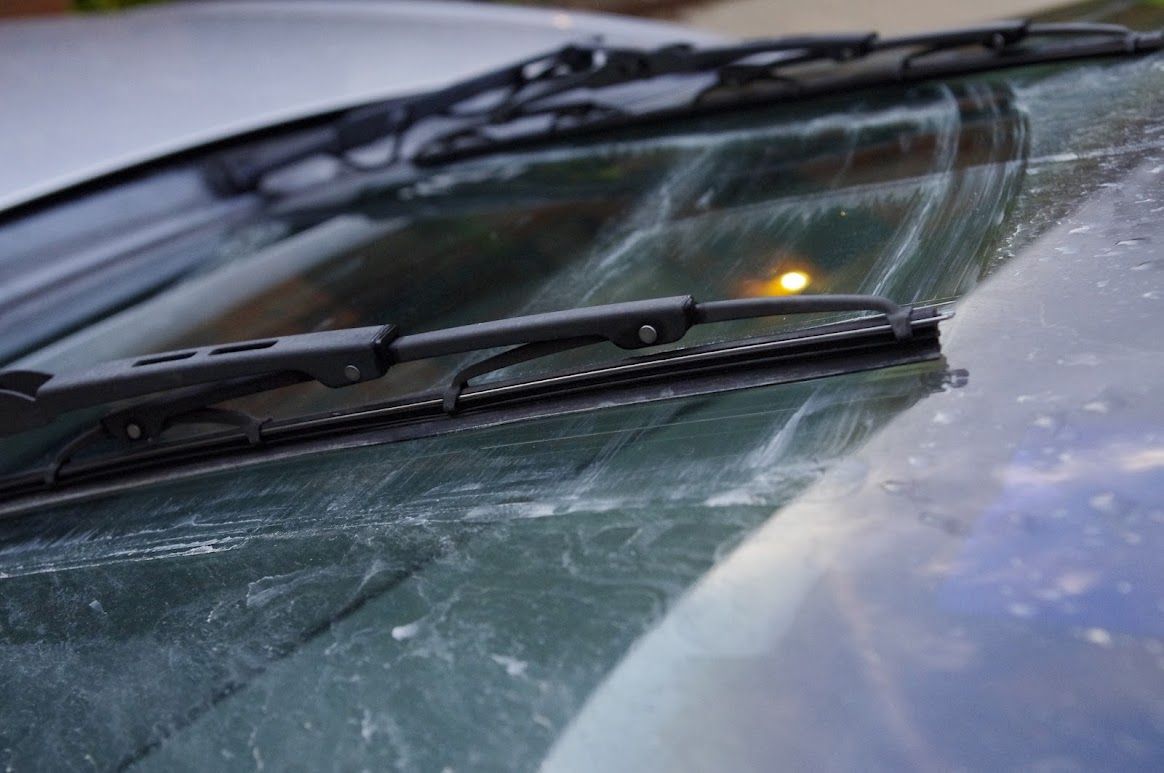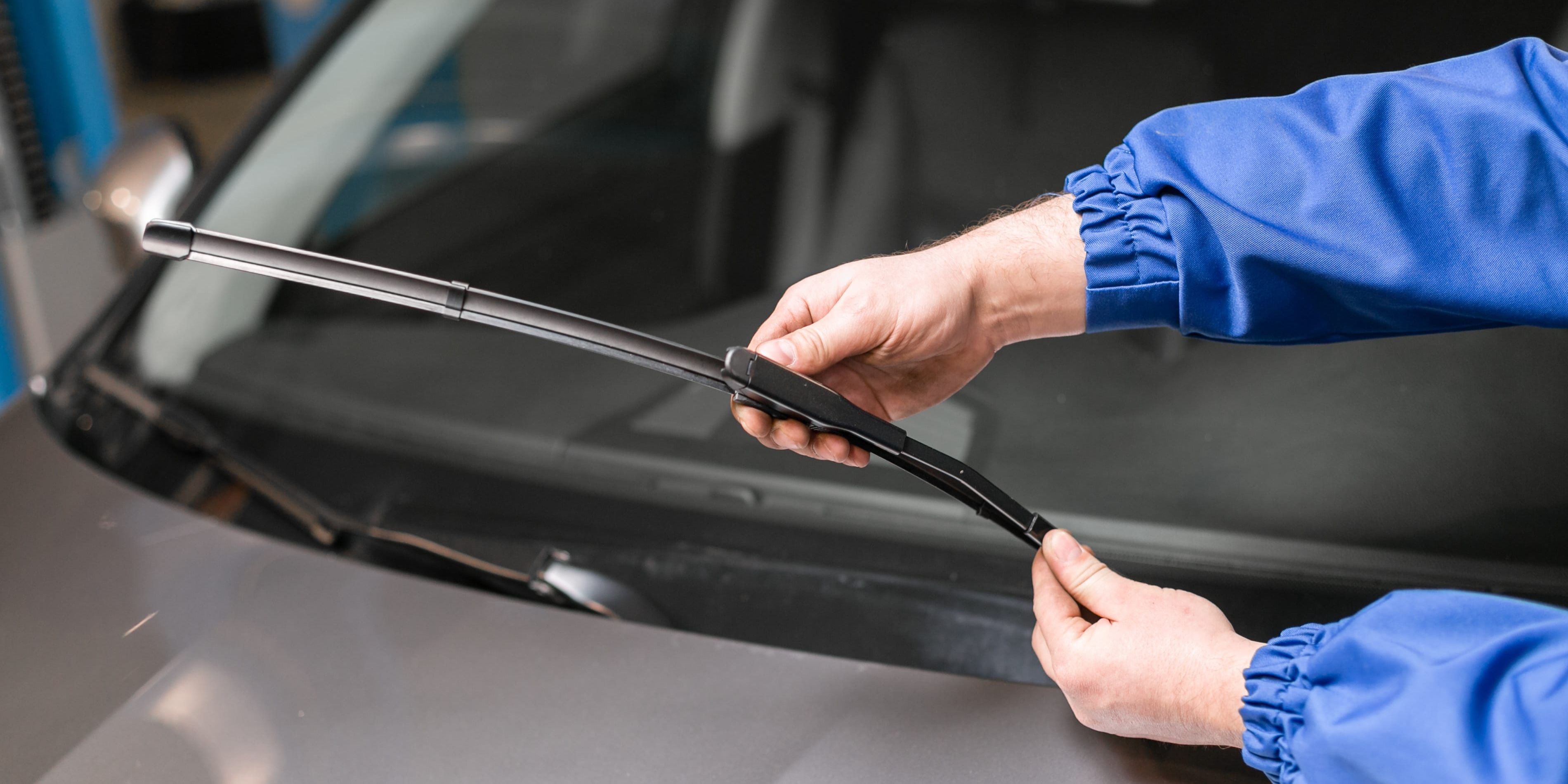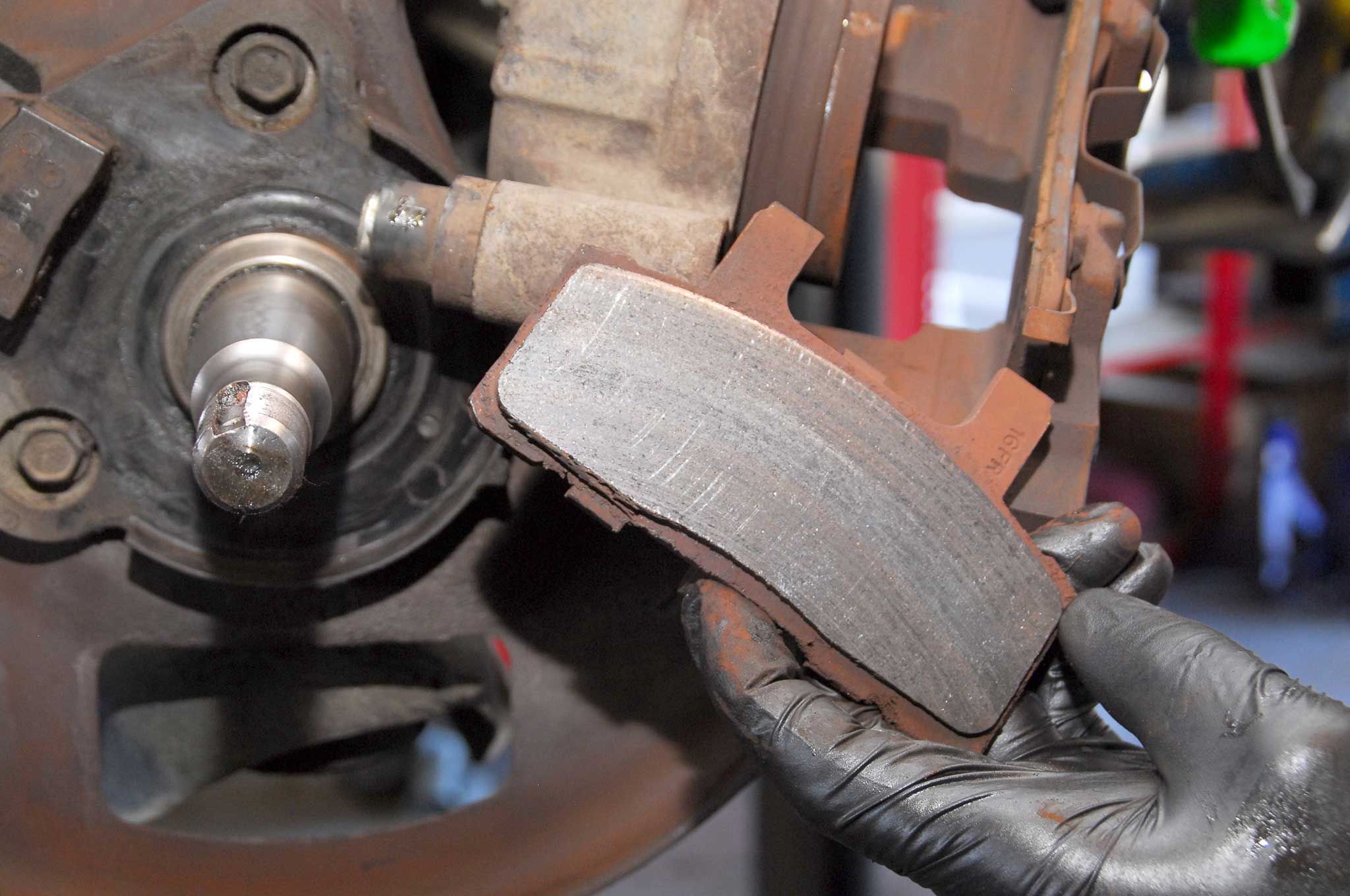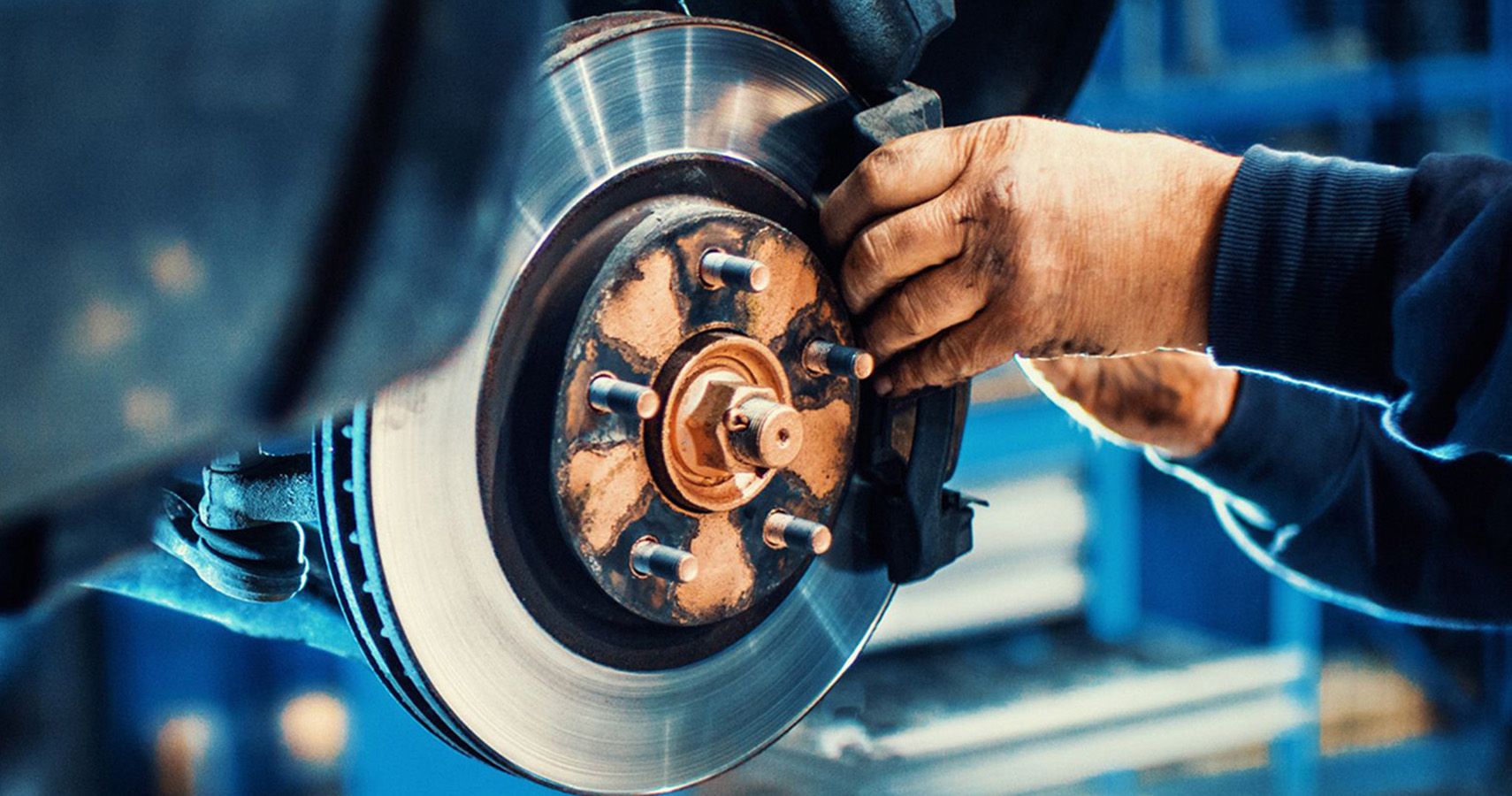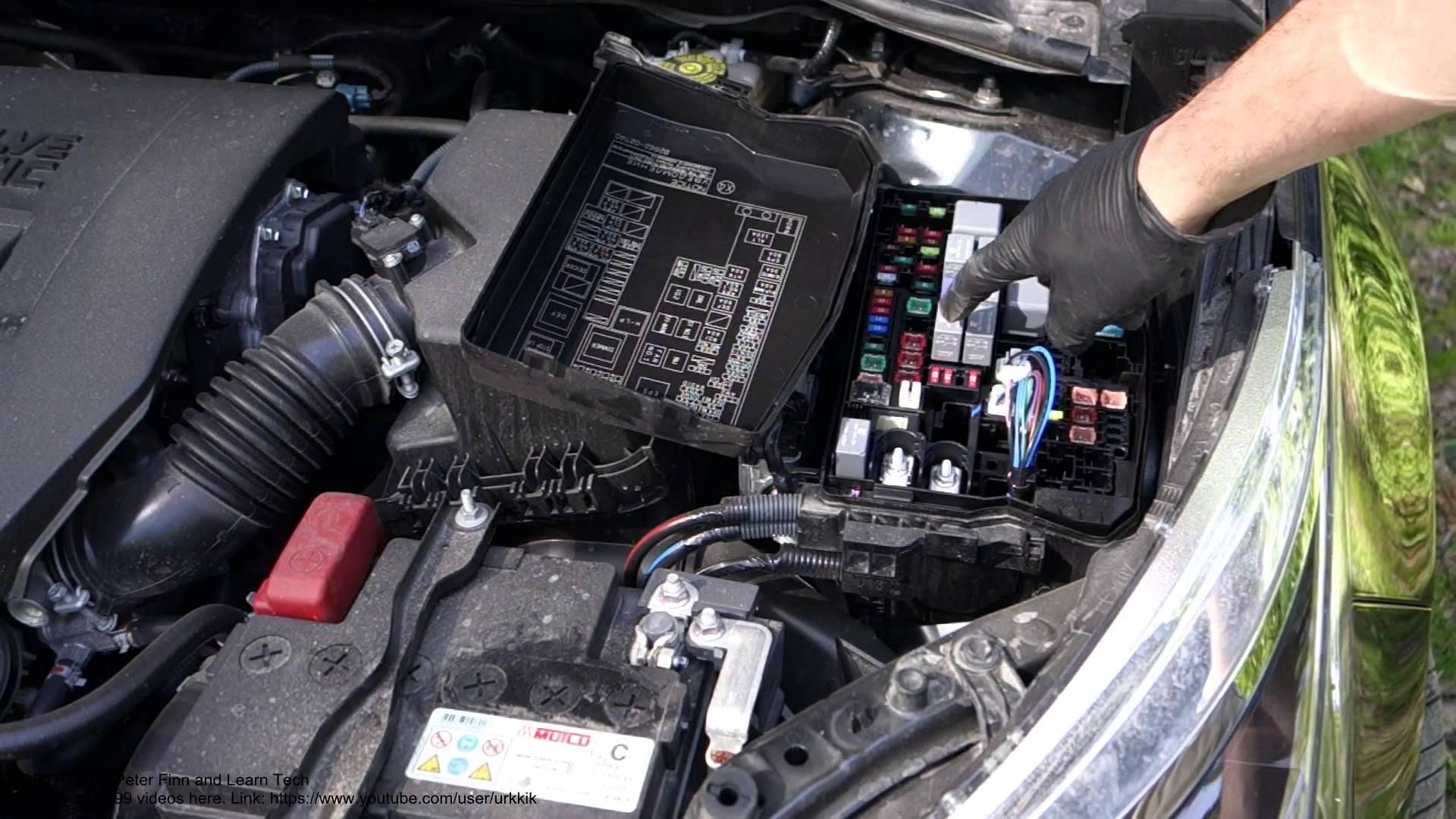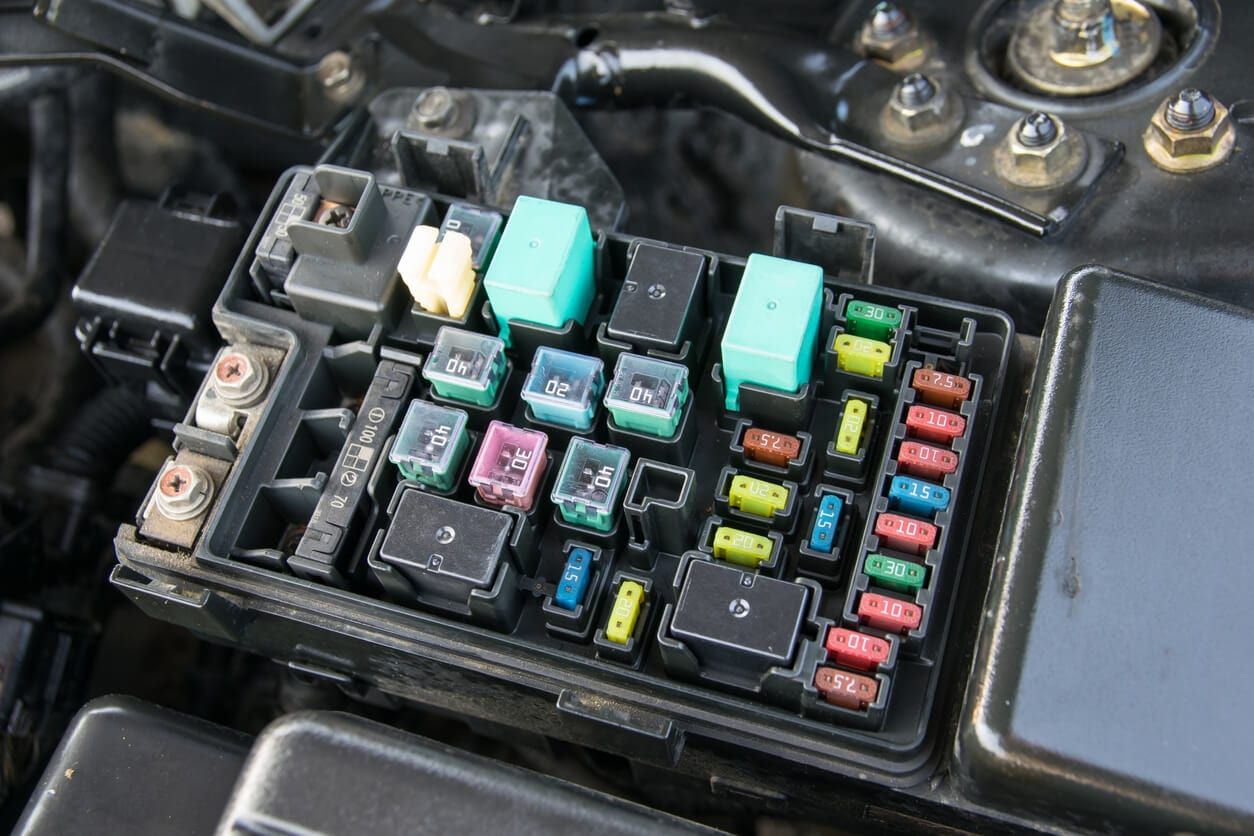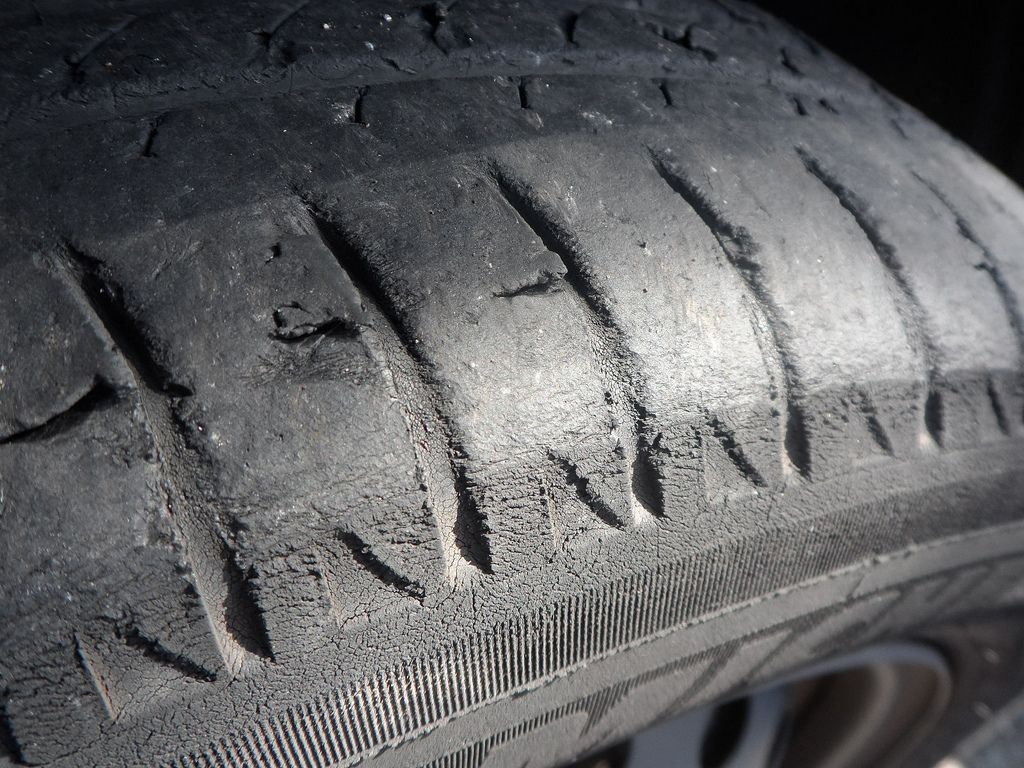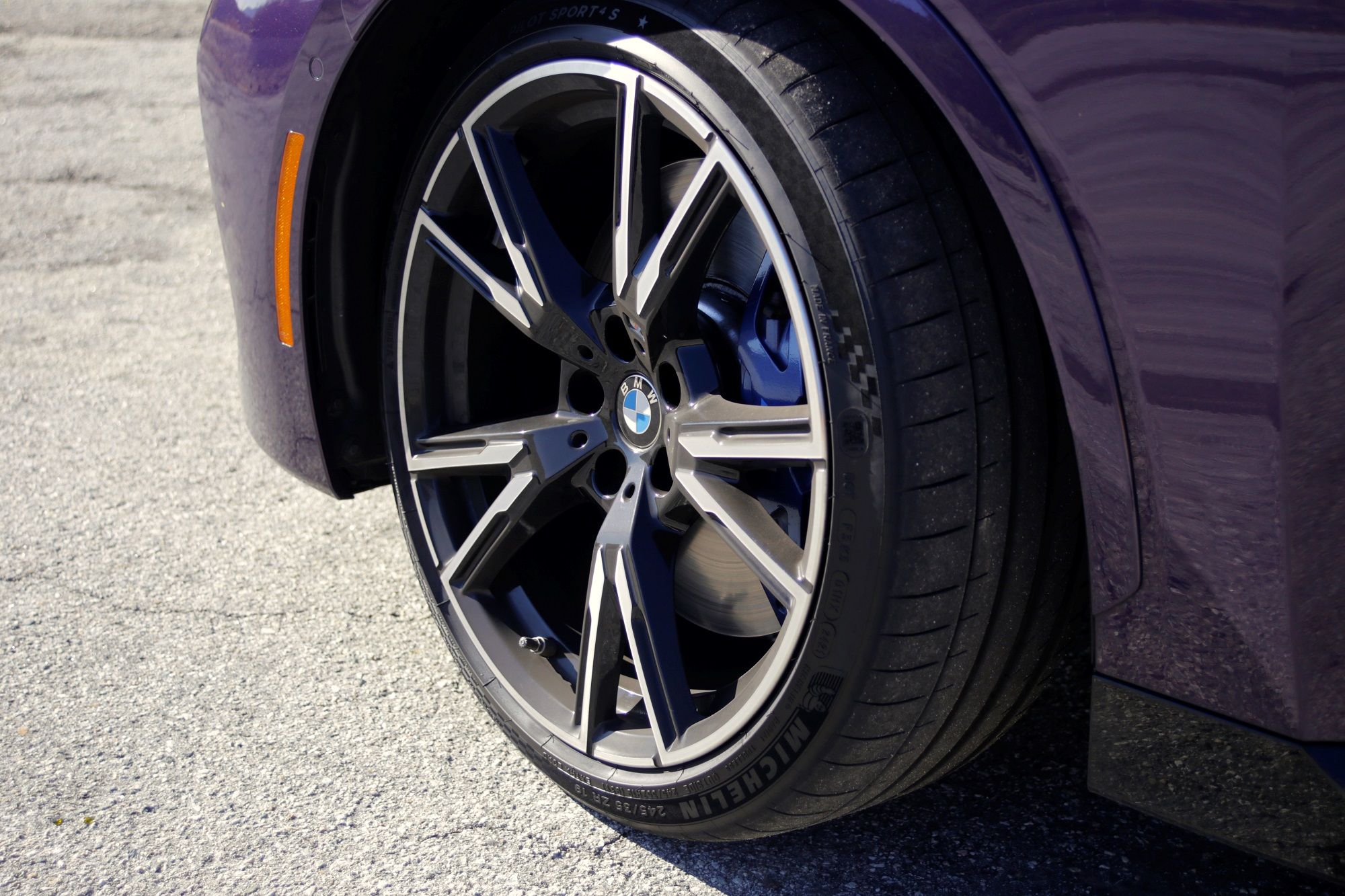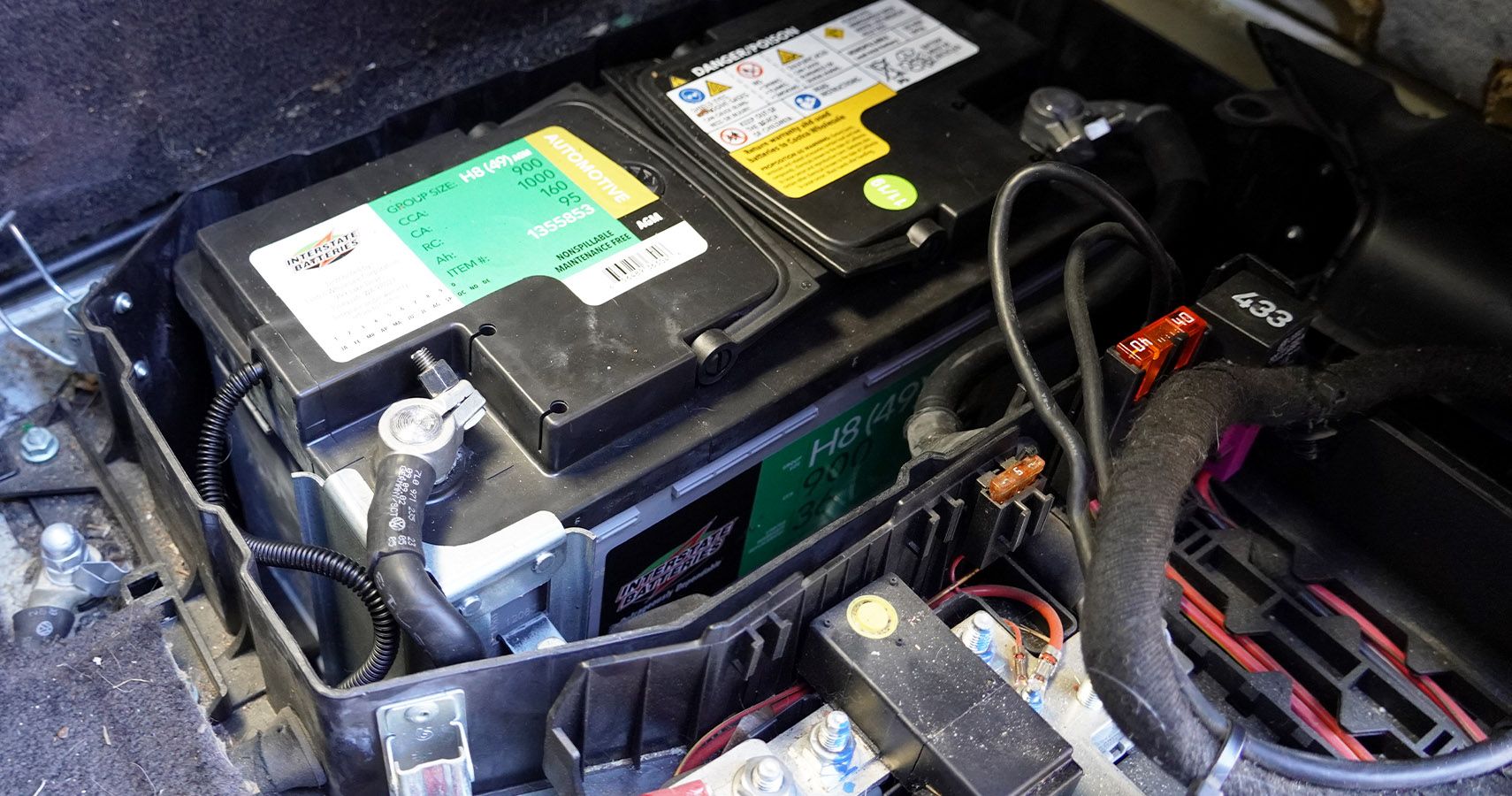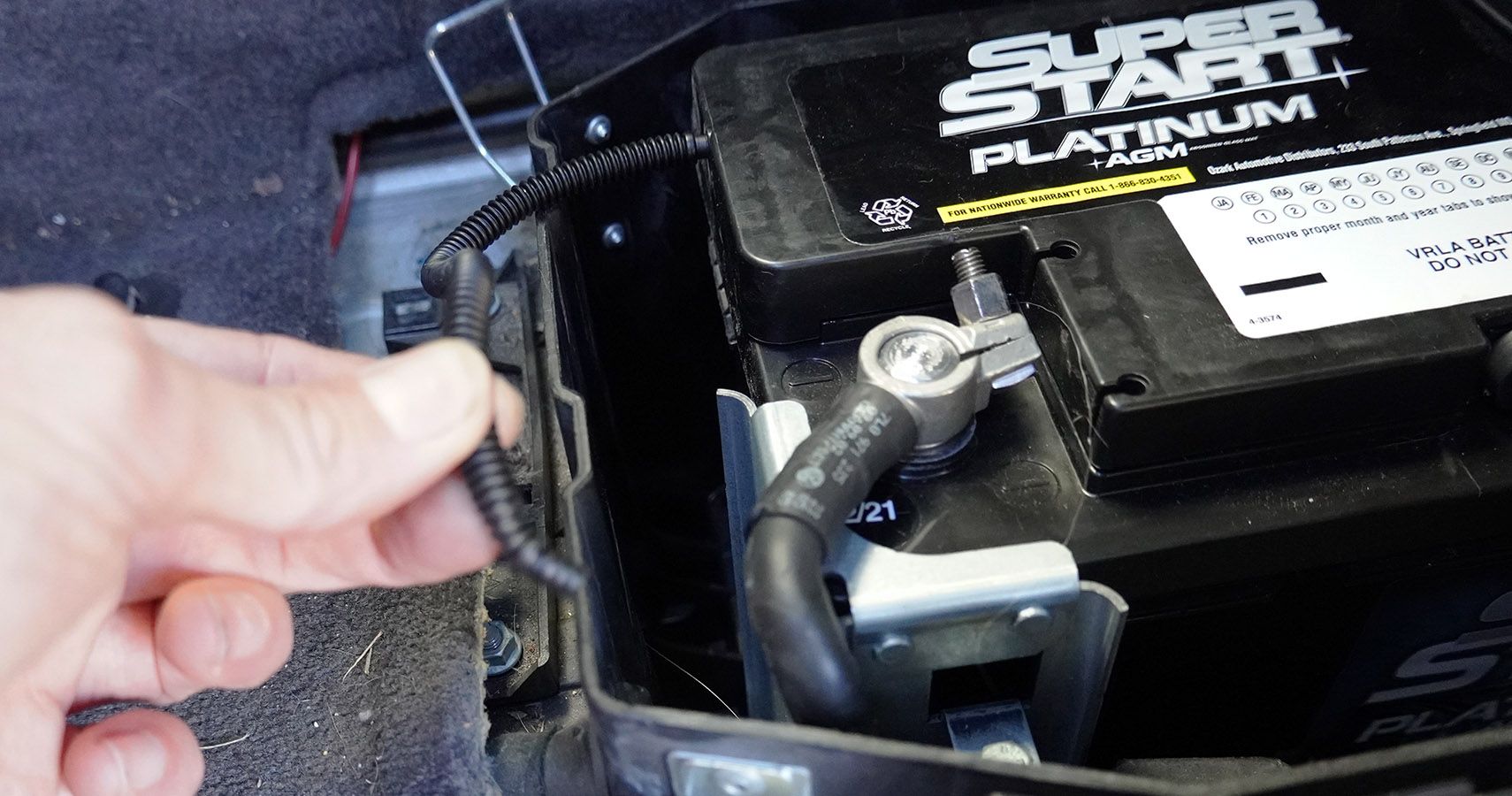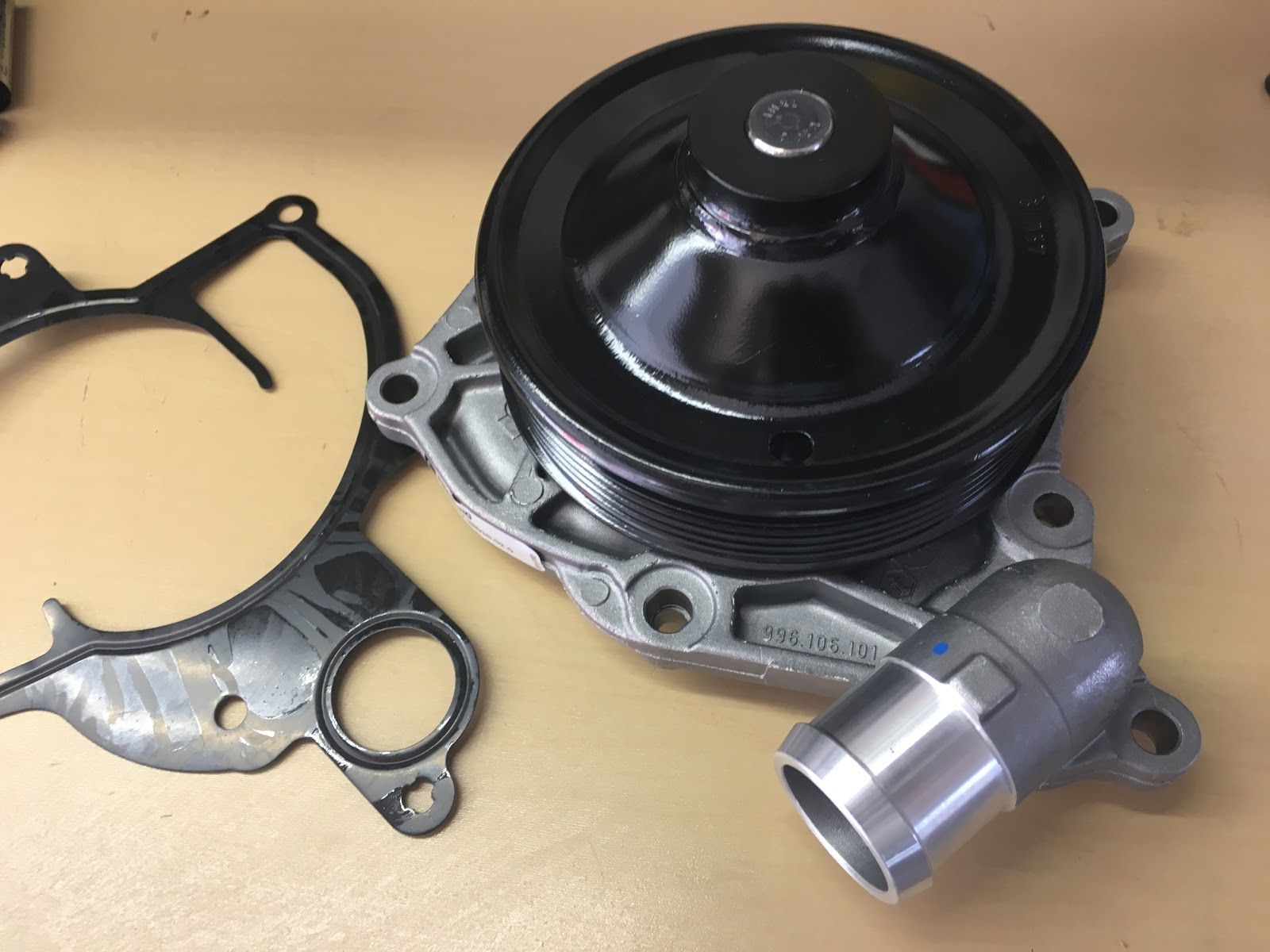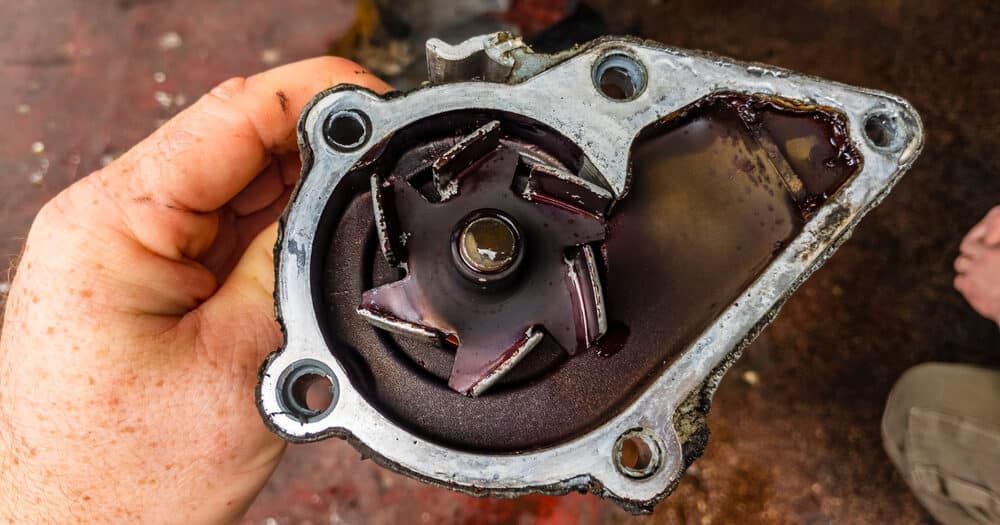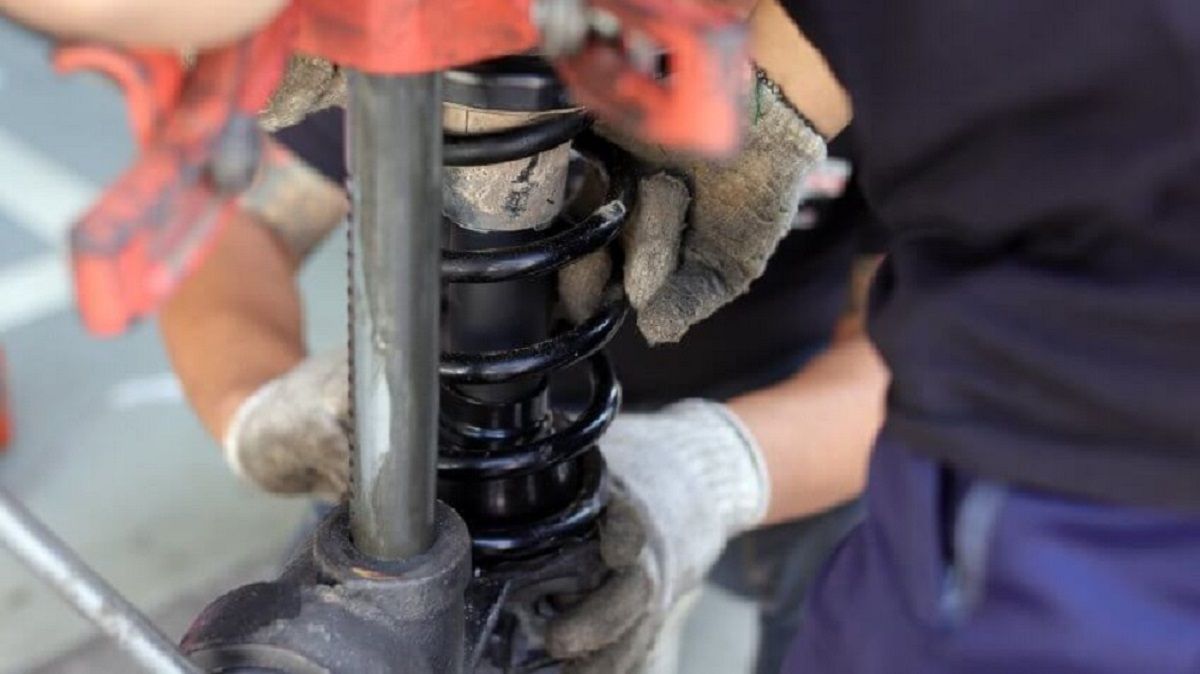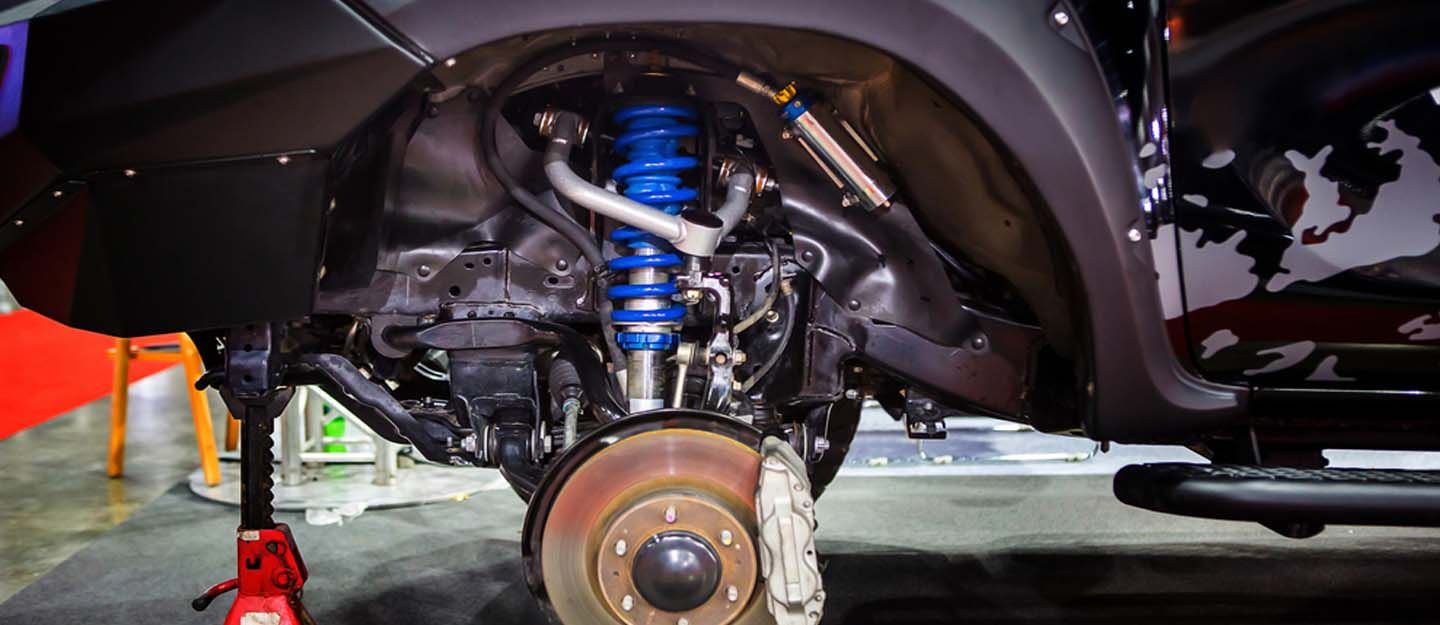Automobiles have revolutionized the way we get around our world. Before the 1800s, humans used horses and carriages to transport goods and deliver services. In 1804, the locomotive was invented, and by the 1850s, trains were the go-to choice for long-distance transport. By the late 1800s, the first automobile was showcased by a certain Mr. Benz. In the early 1900s, Henry Ford set up the first assembly line to build cars and by the 1950s and 1960s, they were becoming fashionable and exciting.
The motorcar is such an important aspect that there are currently whole industries dedicated to their upkeep – producing serviceable and replacement parts, training people to maintain them, and others to invent and design ways to make them better. While vehicles are built to operate for at least 200,000 miles, some temporary parts are designed to aid the more permanent ones and keep them from wearing out prematurely.
Due to this, there are many parts on a car that need to be replaced to keep the vehicle working in optimum condition and ensure reliability and fuel efficiency. As each car is made differently from another, the intervals for part replacement may vary greatly, so here are ten general car parts which have been noted to wear out the fastest.
10 Filters
A car needs all its parts to work properly, none more so than all the various filters. The filters are the first line of defense against any abnormalities which may enter the car’s engine and cause issues and potential damage.
Changing the oil, air, and fuel filters at regular intervals is a great way of minimizing the chance that any foreign objects enter the combustion chamber, which could lead to a misfire, or even an engine seize – if the damage caused is extensive enough. It is recommended by most manufacturers that all the filters are changed during each service.
9 Spark Plugs
The spark plugs are not parts that should be replaced each time a car is serviced, however they must still be checked each time to make sure they work properly. Spark plugs are designed for long-term durability and feature insulation to protect the rest of the engine if they do fail.
Spark plugs are designed to last for between 20,000 and 100,000 miles – depending on the type of plug, whereafter it would be precautionary to replace them – even if they still work fine. Along with changing the spark plugs, it would be prudent to check that the ignition coils and wires are still in good working order.
8 Wiper Blades
Wiper blades are among the most common replacement parts on a car. Most manufacturers recommend that wiper blades be replaced every six to twelve months, however, they may last longer thanks to the materials they are made of. The longevity of wiper blades also varies from climate to climate, often hardening and cracking when not in use for longer periods of time.
The most common indication of old wiper blades is when the blades themselves start shuddering and squeaking. They also leave streaks on the windshield, which may impair vision and could result in a dangerous situation.
7 Brake Pads
Brake pads are another of the big replacement parts which should be checked often. Brake pads usually last around 10,000 to 20,000 miles during normal driving but can wear out faster or slower depending on driving conditions.
The usual signs that brake pads need replacing are a squeaking or grinding noise when braking. The vehicle may also shudder, or the steering wheel may vibrate. It would then be a good idea to replace the pads and have the rotors checked for any potential damage or warping.
6 Fuses
Fuses are not generally a replacement part and should usually only blow when there is something wrong with the electrics of the vehicle. In most cases, the fuses will last for the lifespan of the car, easily exceeding 20 or 30 years.
Regardless of the state of the vehicle, it is always a good idea to check the fuses during each service and make sure none have blown, as this may cause damage to whichever part has overloaded. For older cars with dodgy electrics, it may be prudent to always keep a set of spare fuses in the glove compartment.
5 Tires
The tires of a car are among the most important parts to keep an eye on. The tires are the parts of a vehicle that keeps it connected to the road and any damage or wear can result in serious damage or full-on accidents. Most accidents that happen in the rain are thanks to worn tires hydroplaning – creating a layer of water between the tire and the road, causing complete loss of grip.
With normal driving, tires should be replaced every three to five years, but can easily last longer if need be. Most tire manufacturers recommend that tires be replaced at least once every ten years as they can harden and crack, causing them to lose their structural integrity. The most often instances, where this happens, is on trailers and caravans which usually stand in one spot for extended periods of time.
4 Battery
Vehicle batteries are responsible for providing the needed voltage to activate the starter motor, which in turn starts the engine’s combustion cycle. Batteries are also used to power most of the electronics of the car, ensuring the proper injection of fuel into the engine, powering the air-conditioning, or simply charging the driver’s phone.
Vehicular batteries usually last for around three years and degrade due to the constant charging and discharging cycle. Most car batteries become completely unreliable after five years and may even become dangerous. Batteries that leak or have had their terminals dissolved should be disposed of immediately in a safe manner.
3 Light Bulbs
Automotive light bulbs are not service items and generally do not need replacing often. As with all bulbs, the filament may break, or something else could overload it. With most new cars moving towards LED systems that are extremely reliable, the automotive light bulb is slowly losing customers.
Some light bulbs are not all-important, however, the ones used for headlights, fog lights, taillights, turn signals, reversing lights and the license plate light are legally required to work at all times. Most cars will indicate when there is a problem with any of them, although it is good practice to check them often.
2 Water Pump
The water pump is quite an important part of a liquid-cooled engine. An engine will work without a working water pump, but it will overheat extremely quickly which could result in engine damage. Most cars built after 2000 should indicate when there is a problem and will most likely activate ‘limp mode’, a mode which limits engine power and rpm to avoid any further damage.
Water pumps will not last forever and are recommended to be replaced every 60,000 to 100,000 miles unless something happens to them before then. Water pumps have different lifespans which all depends on driving style, manufacturer, and model. When buying a used car, it is recommended to check the water pump or have it checked at an accredited dealer.
1 Suspension
The suspension components themselves should last for a long time, however, the parts which are in near-constant use do wear out and will need replacing. These items usually include the shock absorbers and suspension struts as they take the force of any impacts such as speed bumps and potholes.
Shock absorbers and suspension struts are checked during each service, however, most manufacturers recommend that they be replaced every 50,000 or so miles. Fancier vehicles will have more intricate suspension systems, such as air suspension, and should definitely be checked often for leaks, compressor failures, or airbag issues – otherwise, the bill to fix it could easily become atmospheric.
Read Next
About The Author
